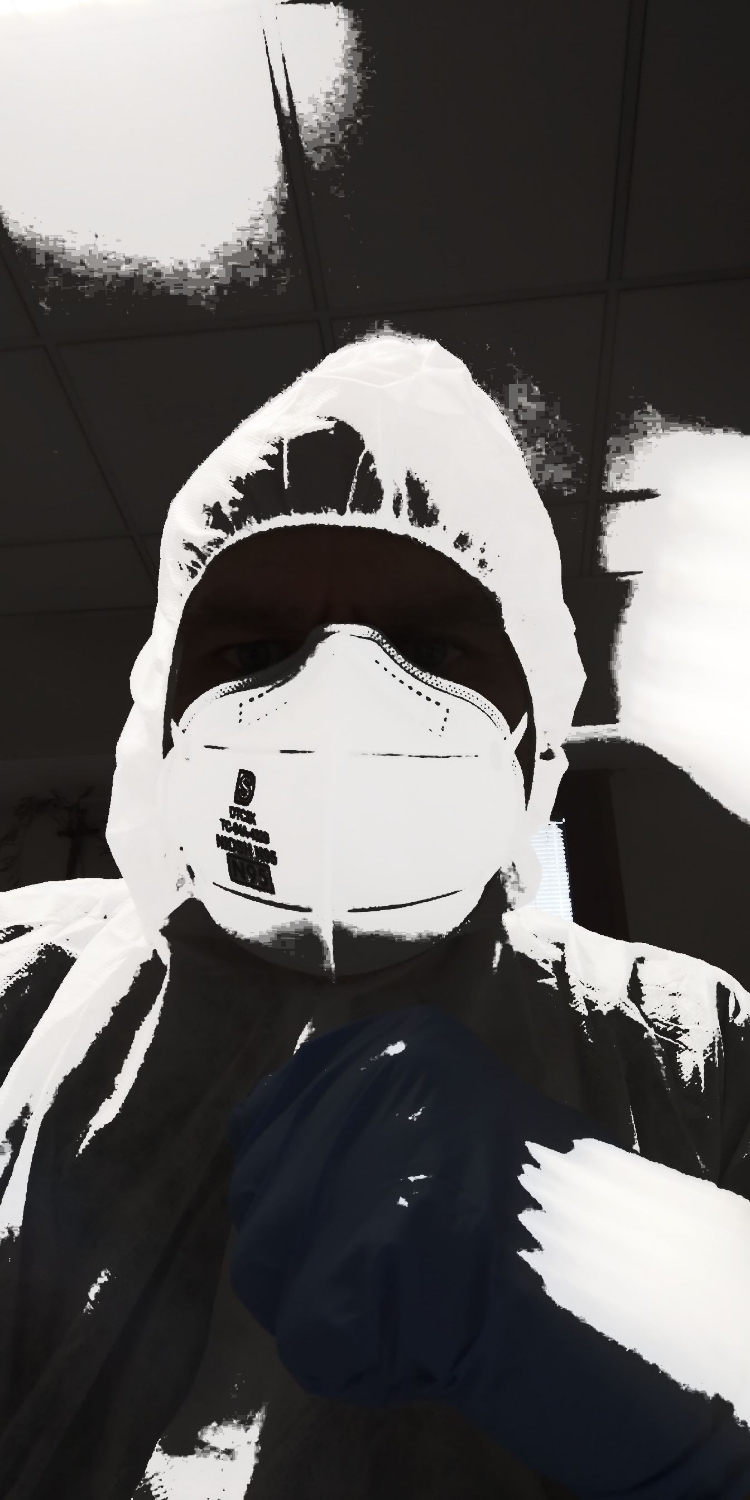Biosafety Protocol for Boxes and Stalls in Dairy Cow Barns
- Gianandrea Guidetti

- Jan 26, 2024
- 2 min read
The biosafety protocol for stalls and cubicles in dairy cow barns is a set of rules and practices that aim to prevent and control infectious diseases among animals and to ensure the quality and safety of the milk produced. In this post, we will explain what are the main aspects of this protocol and how to apply it in your farm.
The protocol is based on four fundamental pillars: cleaning, disinfection, sanitization and prophylaxis. Let’s see in detail what they entail.

Cleaning consists of removing dirt, organic residues and microorganisms from the surfaces of the stalls and cubicles, using water, detergents and mechanical tools. This operation should be done daily, preferably in the morning before milking, to reduce the risk of milk contamination and mastitis in cows.
Disinfection consists of killing pathogenic microorganisms that can survive cleaning, using specific chemical products. This operation should be done periodically, at least once a month, after rinsing well the cleaned surfaces. It is advisable to choose products based on iodine, chlorine or quaternary ammonium, following the manufacturer’s instructions for dosage and contact time.

Sanitization consists of obtaining an optimal level of hygiene and comfort for the animals, using natural or synthetic materials that absorb moisture, insulate from the cold and prevent skin abrasions. This operation should be done every time the material of the cubicles is changed, which can be straw, sawdust, rubber or other. It is advisable to choose materials that are soft, dry, non-dusty and non-irritating for the skin and mucous membranes of the animals.

Prophylaxis consists of adopting preventive measures to protect the animals from infectious diseases, using vaccines, drugs and supplements. This operation should be done following a health plan established by the veterinarian, according to the characteristics of the herd and the epidemiological risks of the territory. It is advisable to vaccinate the cows against the main diseases that can compromise the production and quality of the milk, such as mastitis, leptospirosis, brucellosis and tuberculosis.
By following this biosafety protocol for stalls and cubicles in dairy cow barns, you will be able to improve the welfare of the animals, prevent economic losses due to diseases and ensure a healthy and safe product to consumers.
Ask for information at vet@zoog.it , our technicians will be able to prepare the most appropriate Biosafety plan for your company.



Comments